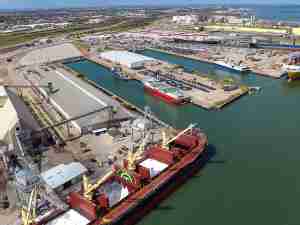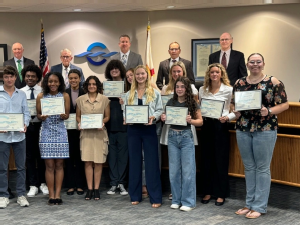Cooperation
Market parties do not readily take the initiative when it comes to pipeline infrastructure between various clusters, for reasons including the scale of the investments, the duration of a project and the acquisition of a route and permits. The Antwerp Municipal Port Authority and the Port of Rotterdam Authority, as independent parties, can play a stimulating role here. The two port authorities therefore wish to jointly commission a study for the route and a rough cost estimate for the development of a pipeline bundle between Antwerp and Rotterdam. They will also use the results of the study to gauge interest among market parties in their own port. If there is interest there and a clear win-win situation is created for both port communities, a targeted plan can be developed. This initiative to collaborate can serve as a model for other cooperation projects between ports. It is not a question of ‘all-embracing’ cooperation, but a specific project from which two or, if necessary, several ports can benefit.
Importance
Industry in Antwerp and Rotterdam competes on the world market, and therefore benefits greatly from increases in scale and an efficient cost position for the port and industrial complexes in which they operate. Better connections between the two contribute to this. The integration between companies within an industrial cluster and between different industrial clusters can be improved by means of pipelines.
Pipeline infrastructure is a safe and sustainable alternative to transport by road, water and rail, it improves accessibility and flexibility, and it ensures that the port and industrial complexes of Antwerp and Rotterdam can continue to develop. In addition to the exchange of raw materials, companies within the respective port areas can more easily exchange residual substances and in this way reduce their energy consumption, emissions, subsidiary products, waste products and costs.
Existing pipelines
A number of pipelines already exist between the two port areas (and the ports of Vlissingen, Moerdijk and Terneuzen in between):
- Rotterdam - Antwerp Pipeline (RAPL), since 1971, for crude oil.
- Central European Pipeline System (CEPS) for oil products.
- Various pipelines for ethylene and propylene and for the industrial gases hydrogen, nitrogen and oxygen.
The RAPL has an annual capacity of 32 million tonnes and, as a rule, most of this capacity is utilised. No figures are available for the other pipelines. The distance between Antwerp and Rotterdam is over 100 kilometres.










